Cold-inducible RNA binding protein (CIRP) in human cancers is reviewed, where it has been implicated in tumor suppression and promotion.
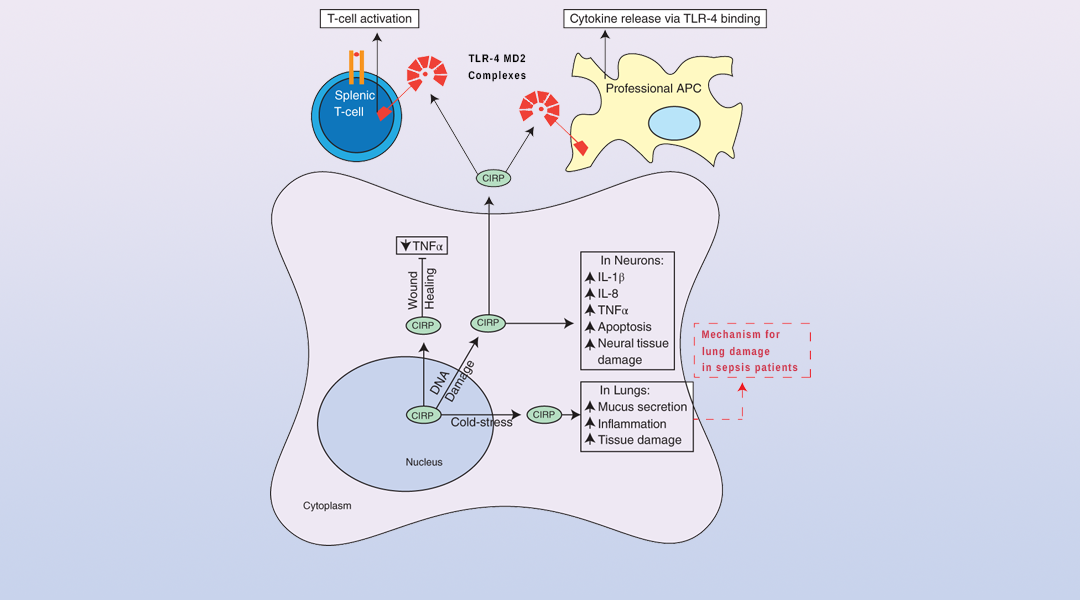

Cold-inducible RNA binding protein (CIRP) in human cancers is reviewed, where it has been implicated in tumor suppression and promotion.
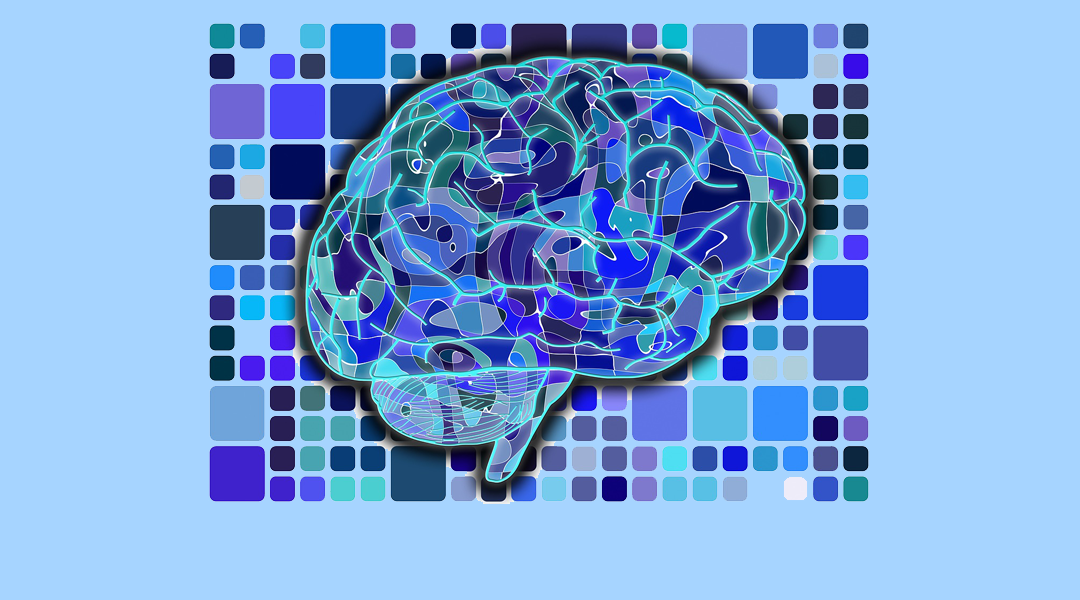
New directions in which ncRNAs can be exploited in Alzheimer’s disease prevention, diagnosis, prognosis, and therapy are discussed.

RNA binding proteins are implicated in diabetes-associated pathogenic events as they initiate pathogenic signals that can cause mitochondrial dysfunction, fibrosis, inflammation and epithelial mesenchymal transition (EMT).
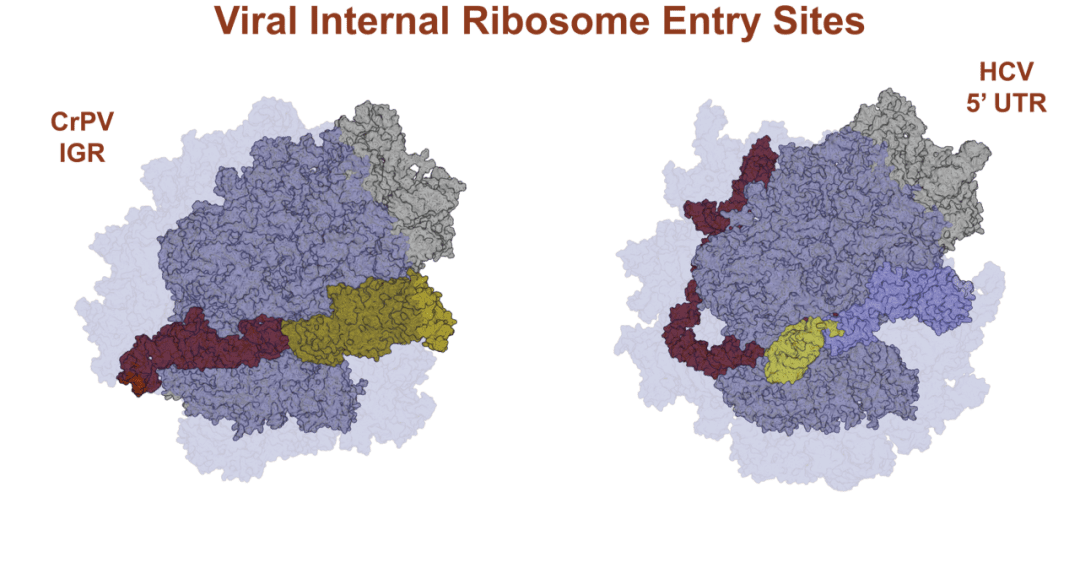
Internal ribosome entry sites (IRES) are used by some viruses to hijack the host cellular translation machinery for their own translation.
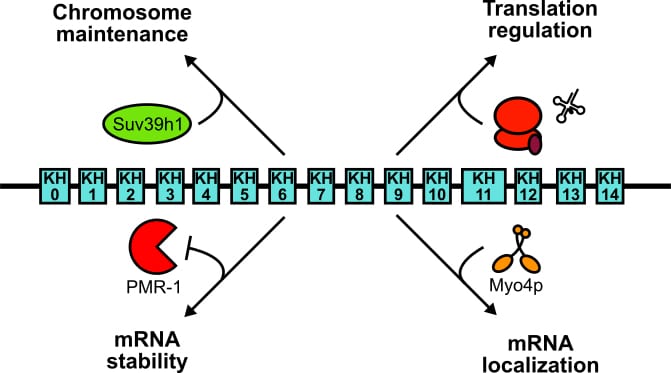
The RNA-binding protein vigilin is conserved from yeasts to humans. Through 30 years of study, vigilin has been associated with a variety of cellular functions both in the nucleus and in the cytoplasm.
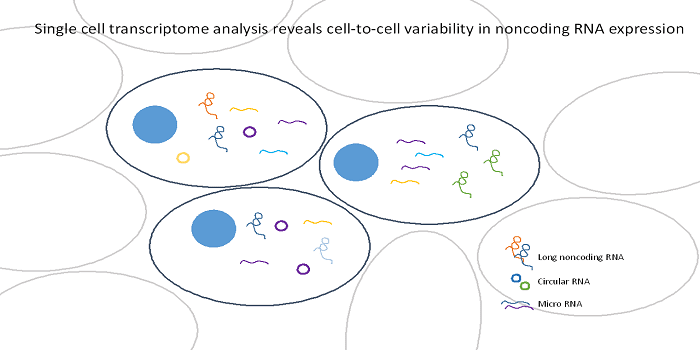
Non-coding RNA expression varies at the single cell level, at least as much variability as protein-coding RNA, and some classes of non-coding RNA may display more single cell variability.
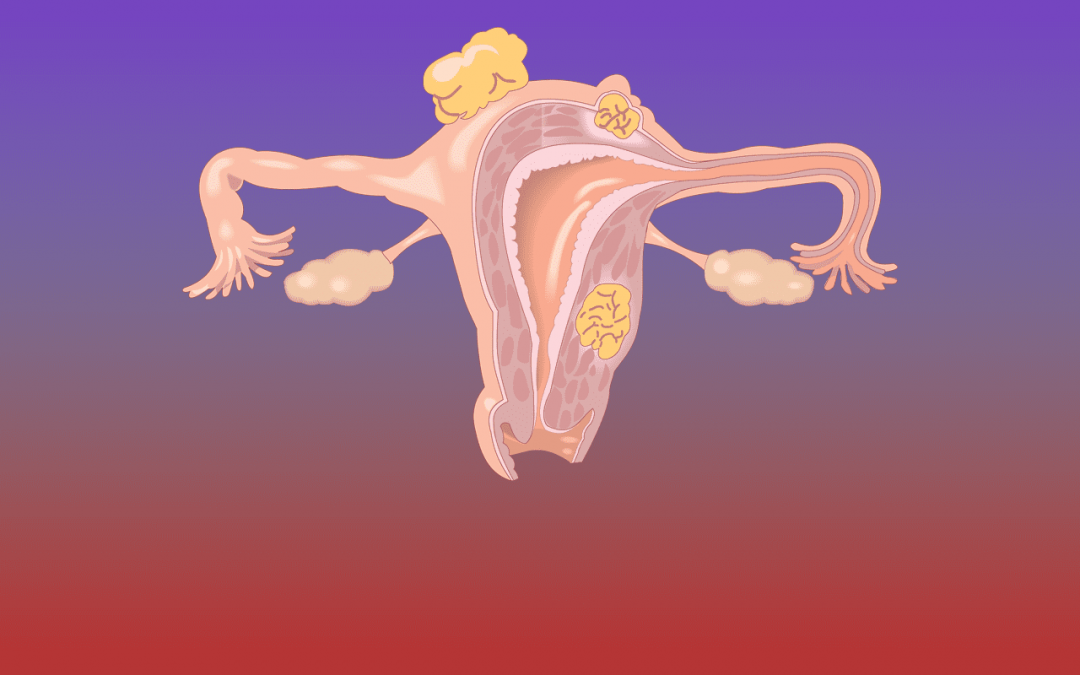
RNA-binding proteins influence epithelial ovarian cancer progression through complex networks with mRNAs, non-coding RNAs and other proteins.
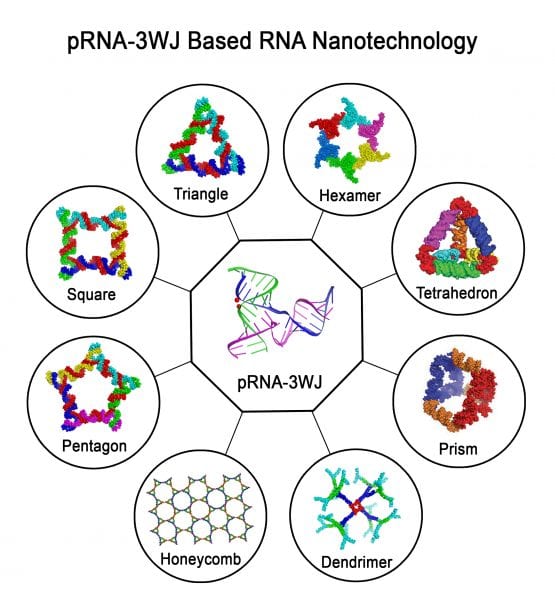
Recent advances in fabricating RNA nanostructures are highlighted, including their applications in vivo as imaging or therapeutic devices via specific delivery and targeting, or intracellular expression and assembly.
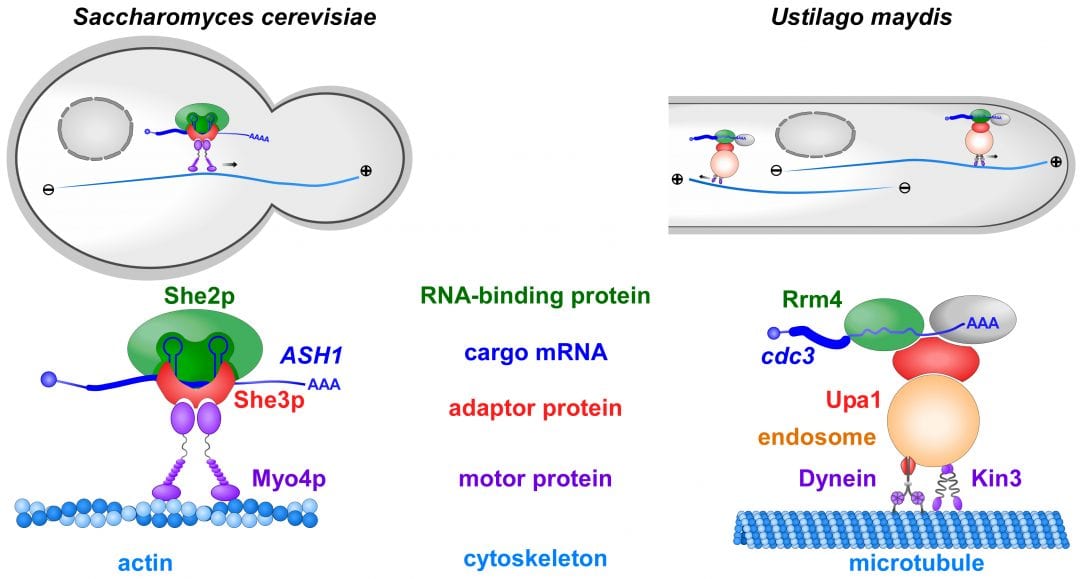
The study of simple fungal model organisms provides valuable insights into fundamental mechanisms of mRNA transport boosting the understanding of similar events in higher eukaryotes.

Cyclic-di-GMP regulation of bacterial virulence is specific to each pathogen, strain, and type of infection. Differences in the composition and structure of extracellular matrix components could underlie the variation in immune response in the mammalian host.